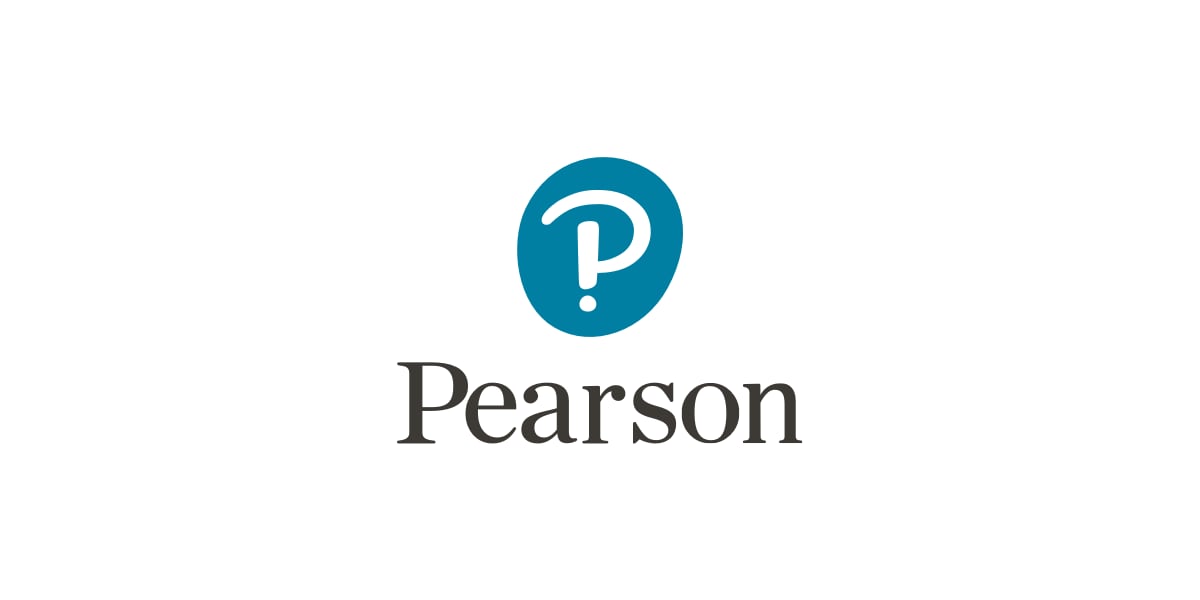Test of Written Language, Fourth Edition
TOWL-4- A norm-referenced, comprehensive diagnostic test of written expression
- Pearson Clinical distributes but does not publish this product.
Choose from our formats
-
Kits
Starter & complete kits, print & digital
1 option
From AUD 773.63 -
Test forms & reports
Booklets, record forms, answer sheets, report usages & subscriptions
3 options
From AUD 158.40 -
All products
All tests and materials offered for TOWL-4
4 options
From AUD 158.40
-
TOWL-4 Complete Kit (Print)
19045 Qualification Level BIncludes:
- Examiner's Manual (Print)
- 3 Large Colored Picture Cards (Print)
- 25 Student Response Booklets A (Print)
- 25 Student Response Booklets B (Print)
- 50 Profile/Story Scoring forms (Print)
- Supplemental Practice Scoring Booklet (Print)
- Sturdy Storage Box
-
TOWL-4 Form A Response Booklets Qty 25 (Print)
19046 Qualification Level BEstimated to ship:More than 12 weeks -
TOWL-4 Form B Response Booklets Qty 25 (Print)
19047 Qualification Level B -
TOWL-4 Profile/Story Score Forms Qty 50 (Print)
19105 Qualification Level BEstimated to ship:More than 12 weeks
Overview
- Publication date:
- 2009
- Completion time:
- 60-90 minutes
- Administration:
- Individual or Group
- Age range:
- 9 years through to 17 years 11 months
- Qualification level:
- B
Product Details
The fourth edition of Test of Written Language (TOWL-4) is a norm-referenced, comprehensive diagnostic test of written expression. It is used to (a) identify students who write poorly and, therefore, need special help, (b) determine students’ particular strengths and weaknesses in various writing abilities, (c) document students’ progress in special writing programs, and (d) measure writing in research. The test was normed on 2,505 individuals from 18 states whose demographic characteristics approximate those of the U.S. population in 2005. The sample was stratified by age.
Subtests
The TOWL-4 has two forms (i.e., Form A and Form B), each of which contains seven subtests. The subtests represent the conventional, linguistic, and conceptual aspects of writing. Subtests 1-5 use contrived formats; subtests 6-7 use a spontaneously written story to assess important aspects of language. The subtests are:
- Vocabulary – The student writes a sentence that incorporates a stimulus word. E.g.: For ran, a student writes, “I ran up the hill.”
- Spelling – The student writes sentences from dictation, making proper use of spelling rules.
- Punctuation – The student writes sentences from dictation, making proper use of punctuation and capitalization rules.
- Logical Sentences – The student edits an illogical sentence so that it makes better sense. E.g.: “John blinked his nose” is changed to “John blinked his eye.”
- Sentence Combining – The student integrates the meaning of several short sentences into one grammatically correct written sentence. E.g.: “John drives fast” is combined with “John has a red car,” making “John drives his red car fast.”
- Contextual Conventions – The student writes a story in response to a stimulus picture. Points are earned for satisfying specific arbitrary requirements relative to orthographic (E.g.: punctuation, spelling) and grammatic conventions (E.g.: sentence construction, noun-verb agreement).
- Story Composition – The student’s story is evaluated relative to the quality of its composition (E.g.: vocabulary, plot, prose, development of characters, and interest to the reader).
Composites
- Overall Writing estimates students’ writing ability when measured by subtests that use both spontaneous and contrived formats. The results of all seven subtests are combined to form this composite.
- Contrived Writing estimates students’ writing ability when measured by subtests that are contrived formats. The results of five subtests are combined to form this composite.
- Spontaneous Writing estimates students’ writing ability when measured by subtests that are scored by evaluating their spontaneously composed essays. The results of two subtests are combined to form this composite.
Features of the TOWL-4
- All normative data was collected in 2006-2007.
- Now grade-based norms, as well as age-based norms, are provided.
- Almost all floor and ceiling effects have been eliminated.
- Studies of criterion-prediction validity (with large numbers of subjects) have been added.
- Studies of the TOWL-4’s sensitivity, specificity, and false positives have been added to the manual.
- The test items were evaluated to eliminate bias
- Attractive coloured stimulus pictures are provided.


